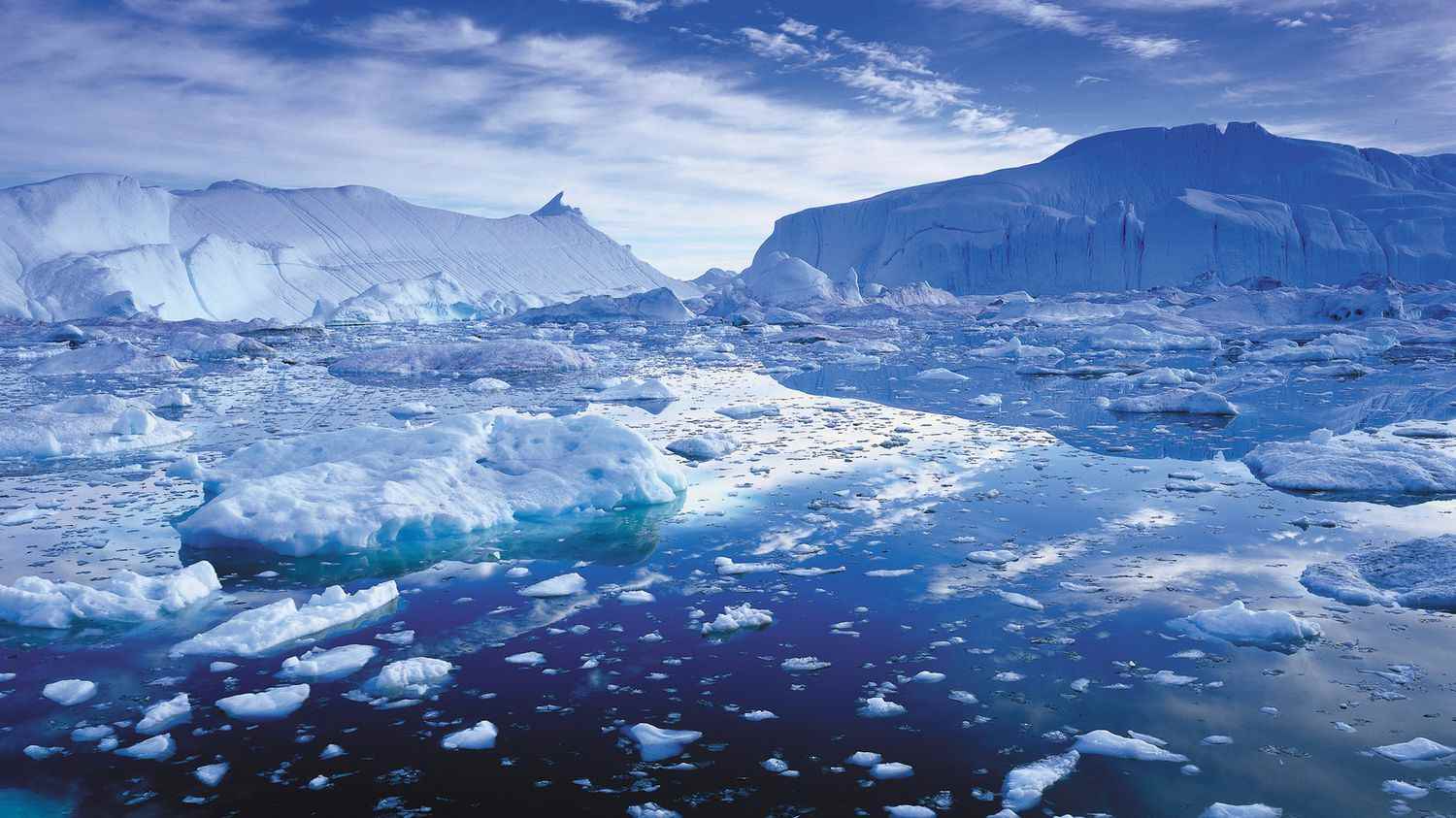The study of small shells makes it possible to learn more about the major shifts in climate in the history of the Earth, at the time of global warming. Will global warming destabilize the Earth’s major balances? Can the great current of the North Atlantic, the Gulf Stream, stop? Could the ice floe in Greenland and the ice cap in Antarctica begin to melt irresistibly? Can the Amazon begin to dry up? And can the frozen lands of Siberia enter a thawing phase?
Are these large systems in danger of tipping over to another state of balance, which is probably less desirable for us humans? Details from Hervé Poirier, editor-in-chief of the scientific magazine Epsiloon.
franceinfo: Are there any warning signs of these climatic shifts? How fast do they operate? Where is the point of no return? How far are we?
Herve Poirier: These big, somewhat stressful questions are today very elegantly illuminated by small seashells collected off the coast of Iceland. These shells tell us about the dynamics of the last great climatic upheaval experienced by the Earth: the Little Ice Age, which began at the end of the Middle Ages and lasted until the 19th century – during this period, the temperature has dropped especially in the northern hemisphere.

What were the causes?
Volcanism, decrease in the intensity of the Sun, the causes are complex and still debated. But the experts agree that everything would have been played out around the Greenland ice floes: they would have started to expand, would have blocked the circulation of currents around Iceland, which would have amplified its extension, until tipping the climate.
It is this dynamic that the small bivalves preserved in the sediments tell us about in detail: the analysis of their constitution makes it possible to know precisely their age, as well as the temperature, the salinity and even the direction of the currents in which they have moved. developed. This analysis reveals the existence of two key events, well before the shift: from 1180, and from 1330, the current circulating around Iceland experienced two very strong slowdowns. And these two episodes weakened the system. It has become much less resilient, much less able to withstand shocks.
The third crisis was then fatal to him: around 1380, the current stopped, the ice invaded the sea, and the world climate suddenly changed. This demonstrates that large systems do not fail overnight. They weaken, slowly, discreetly, until they are no longer able to withstand a shock. And there, it is irremediable: a little nothing is enough to make rock the system. Such is the lesson of the small Icelandic bivalves: the great seesaws, from the Amazon to the Antarctic, are played out over decades, even centuries, before they arrive.
